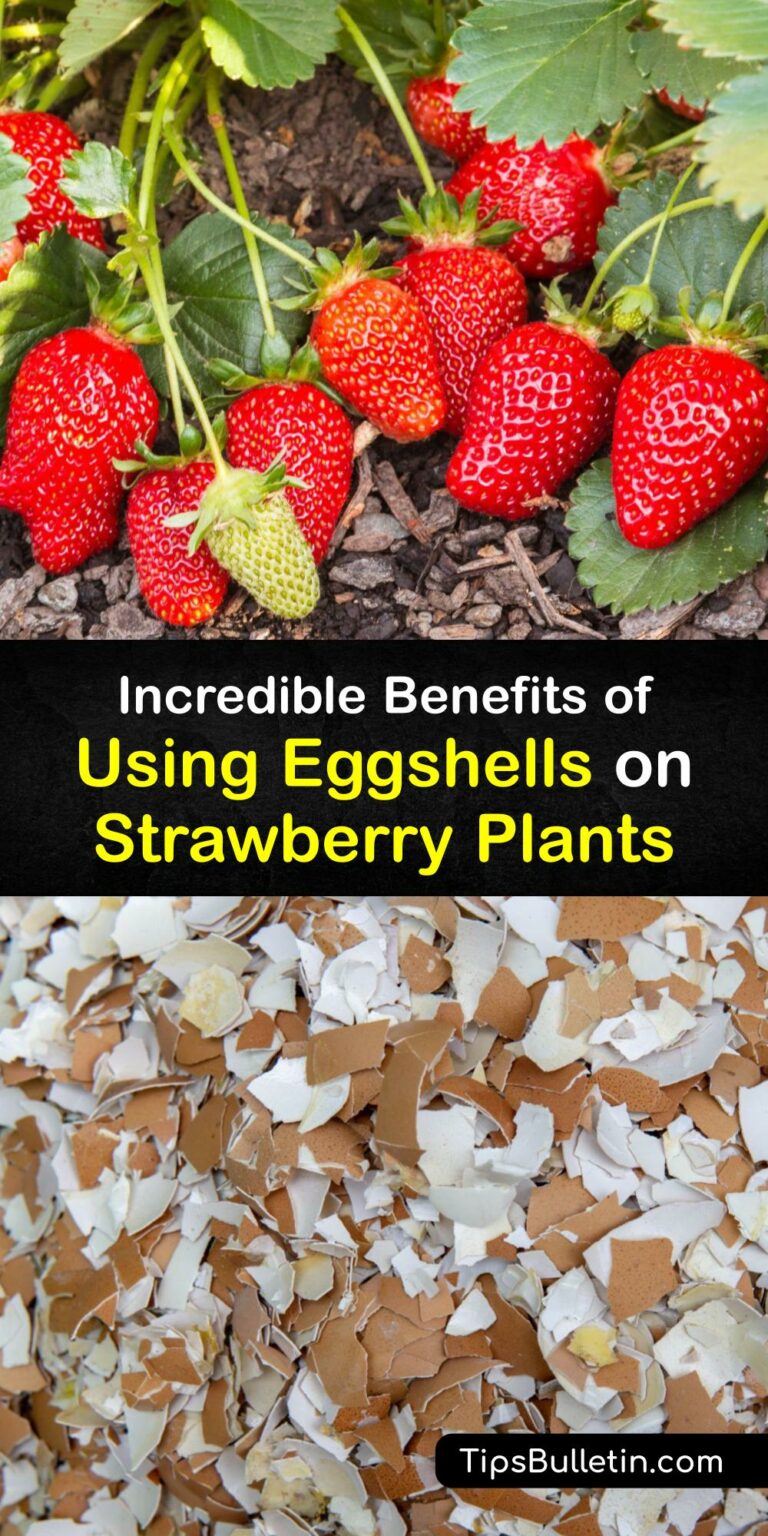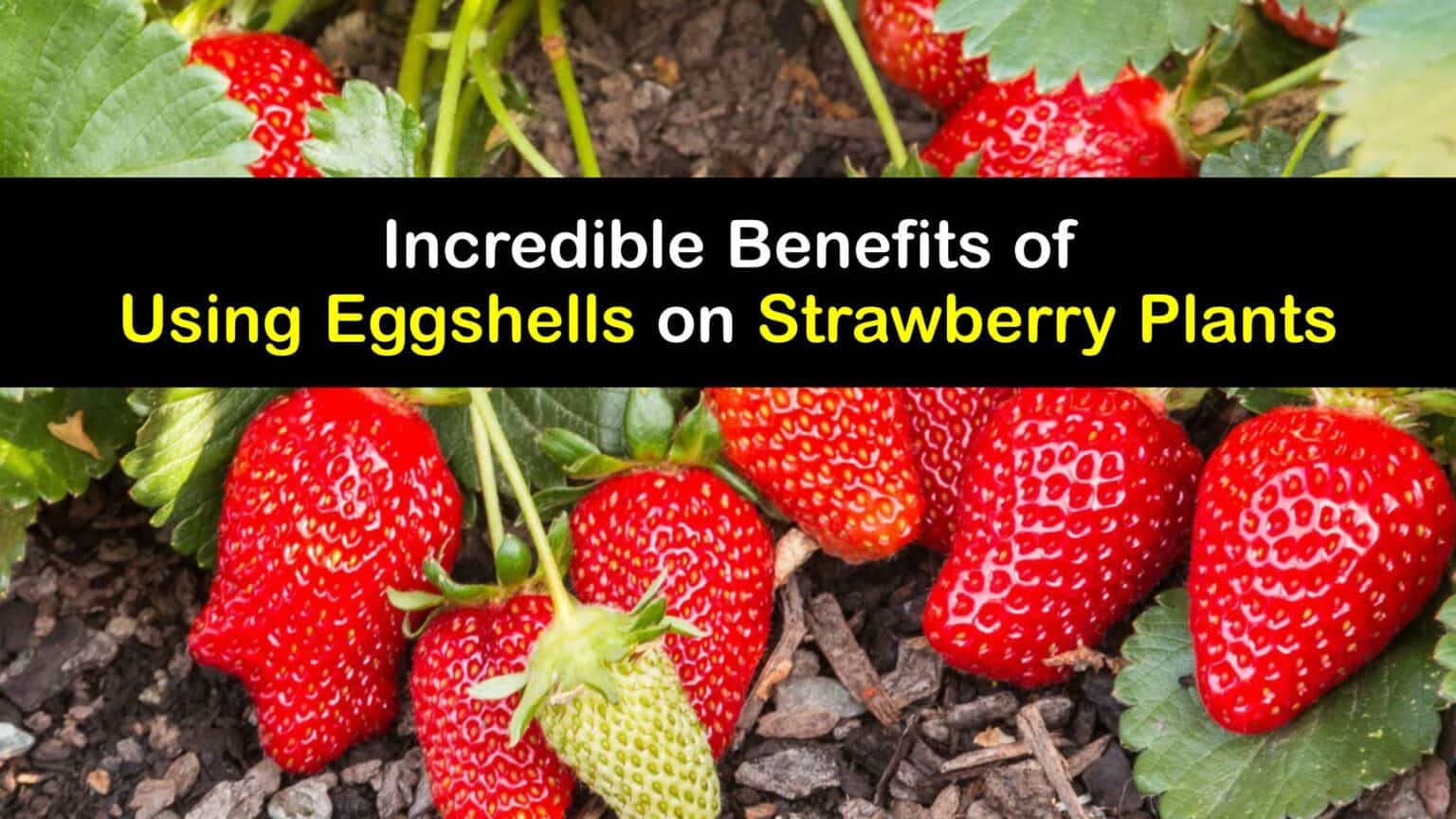Are Eggshells Good for Strawberry Plants? Simple Tips for Healthier Berries

If you’ve ever hesitated with a handful of eggshells over your strawberry patch, wondering if you’re about to waste time (or attract raccoons), you’re not alone. I’ve trialed just about every backyard “hack” under the sun, and most fizzle out fast. Eggshells for strawberries? Here’s where the rubber meets the road.

The Real Reason Eggshells Matter (and When They Don’t)

Strawberries crave calcium but rarely show it unless your soil is already low. The classic culprit—blossom end rot—looks like a bruise on your fruit that never heals. For me, this was glaringly obvious in my second season: the berries looked picture-perfect from above but had brown, leathery bottoms hidden underneath. A local extension agent gave it to me straight: “Your soil’s missing calcium. Slow-release fixes beat a quick dump.”

That’s where eggshells come in handy—but only if you use them right.

What Actually Works: My Process After Trial and Error
-
Bake First, Always:
After cracking eggs each morning, I give the shells a rinse and let them pile up in a bowl for a week. Then I bake them at 200°F for ten minutes—not just to kill bacteria but because baked shells become brittle and MUCH easier to crush down fine (no more stubborn shards stabbing your palm). -
Crush Like You Mean It:
I tried hand-crumbling once—mistake! The big pieces sat there well into next spring, doing nothing but attracting curious birds (and a very determined squirrel). So now, after baking, I toss cooled shells into an old coffee grinder dedicated for garden duty. In under thirty seconds, they turn into gritty flour that mixes seamlessly with soil. -
Target Placement at Planting AND Monthly Top-Ups:
When planting new strawberries or refreshing containers, I mix two heaping tablespoons of shell powder into each plant’s hole—root zone only. For mature plants, once monthly through peak season I simply rake another tablespoon around the base, then water deeply. -
Team Efforts With Compost:
Honestly? If you already compost religiously—and actually use it as top-dressing—the eggshell step adds marginal gains at best. But if you’re working with tired or new soil beds, direct application delivers better results faster. -
Backups for Emergency Calcium Needs:
Last spring after an extended rainy spell destroyed most eggshell mulch lines overnight (and slugs came roaring back), foliar sprays like Cal-Mag did more immediate heavy lifting while the shells broke down in peace.
A Few Lessons Learned—the Hard Way
- The “Slug Myth” Busted:
Once during a wet May in 2022, I tried layering chunky eggshells around my berries as slug armor—a trick my aunt swore by since her Victory Garden days. Epic failure! By day three post-rainfall, slugs were slipping past like it was nothing. - Colored Shells Disaster:
One Easter weekend I got lazy and tossed in painted shell fragments from family crafts—my strawberries grew fine but so did some very odd mold patches near each plant base. Lesson: Keep it natural. - How Much is Enough?
Going overboard won’t help; one year my neighbor dumped buckets of whole shells on his plot “for extra strength.” By August he had crusty layers on topsoil and still suffered stunted growth because calcium wasn’t accessible.
Fail-Proof Routine You Can Start Now
- Save ALL shells from breakfast onward—let dry out of reach of pets.
- Set aside ten minutes biweekly to bake and grind what you’ve collected.
- Keep a labeled container near your garden gloves—a visual reminder boosts consistency.
- Add one to two tablespoons per plant monthly during active growth (early spring through late summer).
- If problems persist midseason (brown spots despite regular feeding), supplement with liquid calcium while waiting for long-term fixes to kick in.
Numbers From My Own Patch:
Last year I tracked yield as an experiment:
- Pre-eggshell: ~11 ripe berries per plant by July; frequent pitting/soft spots.
- After regular shell use (with monthly measured top-ups): Jumped to ~18 berries per plant; only one case of mild blossom end rot all season.
Why Bother?
Eggshells aren’t magic dust—they’re part of layered problem-solving that builds stronger plants over time without risking fertilizer burn or spending extra cash. For me, this simple system rooted itself as much out of thrift as science: why toss away something FREE that complements slow-release compost?
Bottom line: Consistency wins here—not clever tricks or viral trends. Keep grinding those shells small; add steadily rather than dumping all at once; pay attention to what changes in YOUR patch before chasing new solutions.
If you want strawberries with firmer fruit and fewer blemishes next harvest—and don’t mind saving kitchen scraps along the way—eggshells have earned their place among real-world tactics gardeners trust after theory runs its course.
Give it three months; let nature handle the rest—and enjoy those sweet rewards in June baskets that look as good as they taste!



